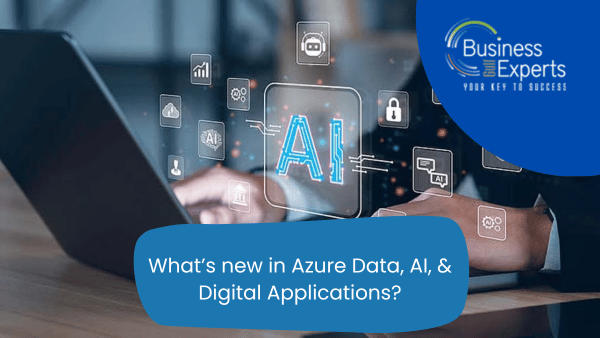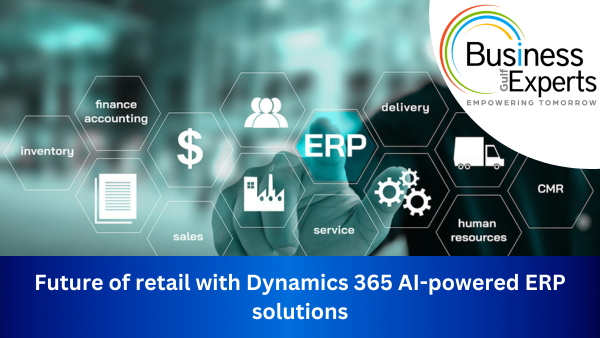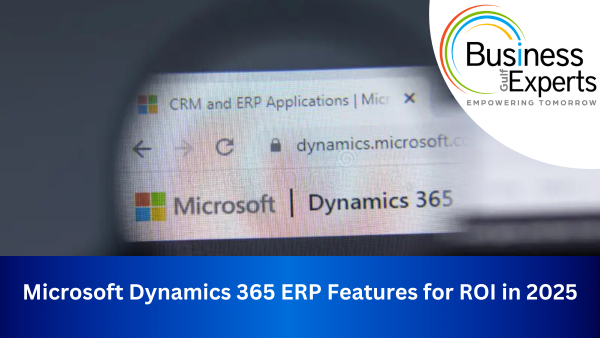With the latest update of Azure, developers can build with assurance and start realizing value for their company right away using the most advanced open and frontier models.
Now that Azure OpenAI Service and Models as a Service (MaaS) are getting a major upgrade, model providers have a new way to sell their newest open and frontier LLMs on Azure, which generative AI developers may use in their apps.
A ready-to-use API and pay-as-you-go invoicing based on LLM tokens are features of MaaS for Llama 2 that allow developers to interact with popular LLM tools like Semantic Kernel, LangChain, and Prompt Flow. This makes it easier to set up and deploy models since generative AI developers may utilize Llama 2 through hosted fine-tuning without providing GPUs. After that, they can sell their Llama 2 apps on the Azure Marketplace after purchasing them.
Businesses can now create generative AI experiences using images, text, and video using Azure OpenAI Service’s new multimodal AI features, which include:
Preview of Dalle 3: Create pictures based on written descriptions. That is precisely what the outstanding AI model DALL·E 3 does. With DALL·E 3, users can just describe an image and the app will generate it.
Now accessible to the public is the GPT-3.5 Turbo variant, which features a 16k token prompt length; the GPT-4 Turbo is now in preview. Customers may increase the control and efficiency of their generative AI applications and lengthen the prompt length with the latest models in the Azure OpenAI Service.
GPT-4 Turbo with Vision (GPT-4V) By including media files in text output generation, GPT-4V improves user experiences when coupled with Azure AI Vision. This allows users to take advantage of features like video analysis, which are available in Azure AI Vision.
Improving the models used by Azure OpenAI Services: Several models in the Azure OpenAI Service, such as Babbage-002, Da Vinci-002, and GPT-35-Turbo, can now be fine-tuned. Data scientists and developers can modify Azure OpenAI service models to perform particular tasks.
Updates to GPT-4: The Azure OpenAI Service has also released updates to GPT-4, including fine-tuning capabilities. Businesses will be able to tailor the AI model to their unique requirements through fine-tuning. Imagine a suit that fits you like a glove, but in the AI realm. There will be GPT-4 updates soon.
Leading on the edge: Maximizing the impact of direct instruction
Once again, GPT-4’s prompting power astounds. The prompt base method makes use of GPT-4’s robust reasoning capabilities when prompting it. Compared to other AI models, GPT-4 performs better on a broad range of test sets. This is accomplished through the use of zero-shot chain-of-thought prompting.
Integrate RAI methods and tools into your LLMOps
It is critical to think about the safety limits that support the short- and long-term return on investment (ROI) of AI apps as AI usage develops and businesses launch them into production. In Azure AI Studio, Microsoft has included best practices and tools to assist developer teams in implementing these ideas.
Benefit from Azure AI’s
The cloud database designed for the AI era is Azure Cosmos DB. With its built-in AI, you can do things like use natural language queries, search using AI vectors, and easily integrate with Azure AI Search. By delivering 40,000 Request Units per second (RU/s) of Azure Cosmos DB for 90 days, the new Azure AI Advantage offer helps both new and existing customers save money when using Azure Cosmos DB with Azure AI and GitHub Copilot.
AI is only as effective as the data used to train it, so how has Azure changed its data platform?
Data is the foundation of any intelligent app, making a state-of-the-art data and analytics platform crucial for any AI transformation.
Azure provides a stable data platform for companies to develop with new technologies, such as Azure OpenAI and Microsoft 365 Copilot, which are the next generation of massive language models.
Businesses can save time, work more efficiently, and improve reliability using Azure Databricks and Azure Machine Learning.
Digital apps are responsible for operational and experience transformations.
Digital applications created and used by businesses to improve their operations and customer experiences are bringing this AI era to life. Examples of these applications include a personalized app experience for staff and a tailored chatbot for end users.
The evolution of AI: Embracing the age of personalized copilots
Developers now have a platform that is tailor-made for creating generative AI applications with the public preview of Copilots with Azure AI Studio.
For cutting-edge, AI-powered, cloud-native apps, AKS is the platform to choose.
At the crossroads of artificial intelligence and cloud-native technologies such as Kubernetes lies the future of app development. Azure Kubernetes Service (AKS) gives customers the scalability they need to operate compute-intensive workloads like AI and machine learning, which are cloud-native and AI’s shared characteristic in driving innovation at scale.
With Azure Cobalt, intelligent apps can run faster and more efficiently.
Azure offers a wide range of services to meet the performance requirements of intelligent apps and cloud-native applications. Azure Cobalt, our first custom-built CPU for the Microsoft Cloud, and Azure Maia, our first custom-built AI accelerator series, both conduct AI workload training and inferencing in the cloud.
The 64-bit, 128-core Cobalt 100, the first generation of this series, can power Azure services like Microsoft Teams and Azure SQL while improving performance by up to 40% over the current generation of Azure Arm processors.
When it comes to resource-intensive workloads, such as intelligent apps that use generative AI for at-scale workloads, Cobalt provides the performance and economics you need. By combining hardware and software optimization, customized silicon and systems can achieve state-of-the-art performance efficiency, with features like dynamic power tuning that can be adjusted per-core depending on the workload.
Improving your knowledge and abilities in the areas of data, AI, and intelligent applications
Boost your AI journey with accelerators for critical solutions. Take advantage of recently released demos, GitHub repos, and Hackathon materials to launch your intelligent app development journey on Azure. Developers can use a code repository to rapidly construct solutions in their Azure account; consumers and partners can “Build Your Own Copilot” with the help of a click-through demo; and sellers and partners can host hackathons with clients.
So, what are your plans for 2024? A reliable ally may revolutionize your company.
In 2024, AI will undoubtedly keep accelerating the revolution across industries, organizations, and daily life. Feel the power of data, AI, and digital application innovation as they revolutionize your organization with the latest Azure upgrade. Microsoft is happy to be your trusted partner in this AI era and is devoted to helping you achieve more.






